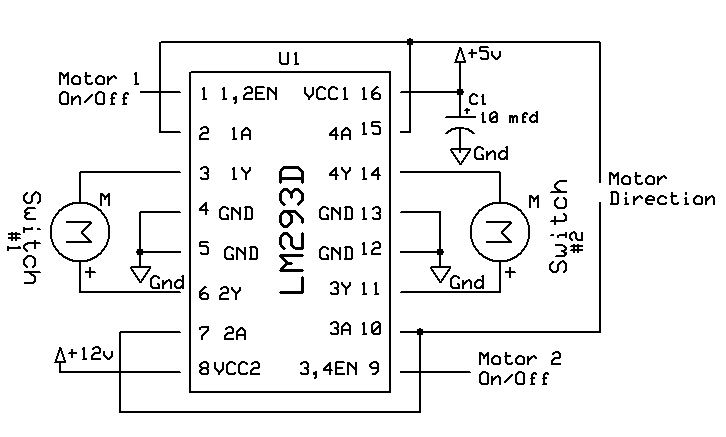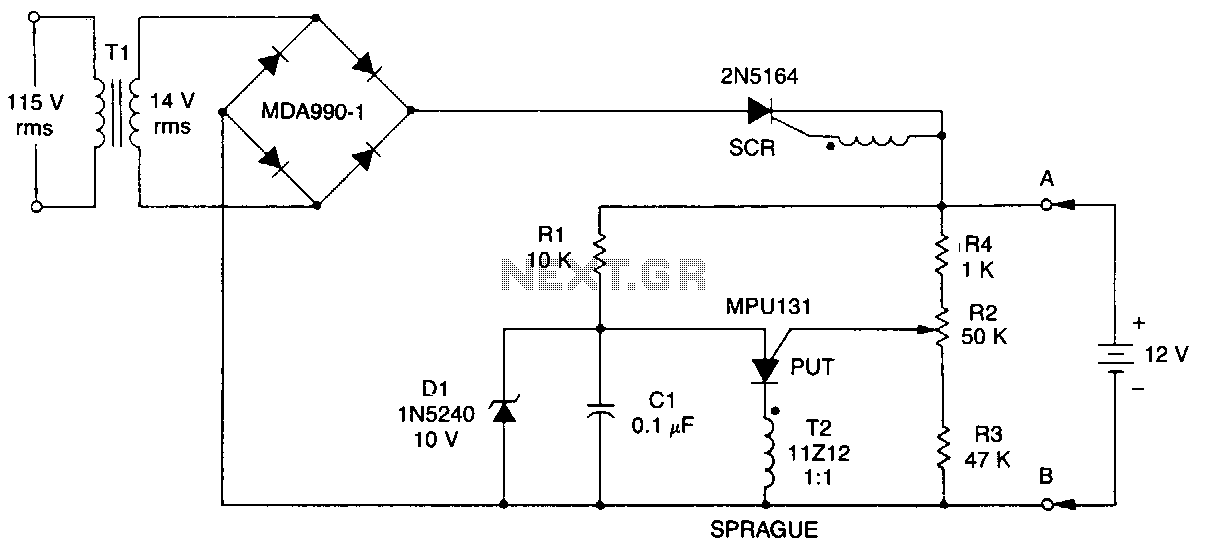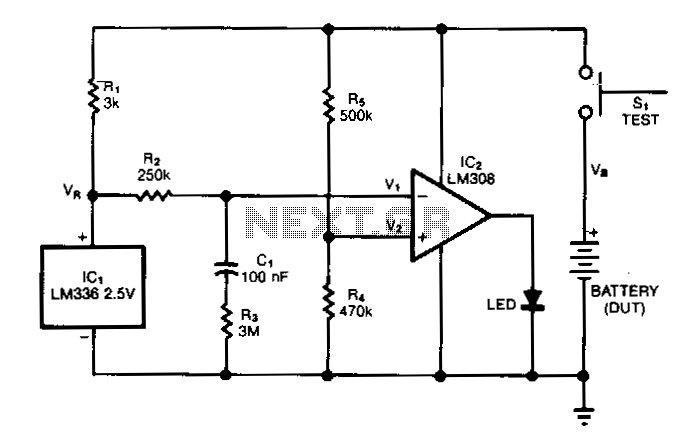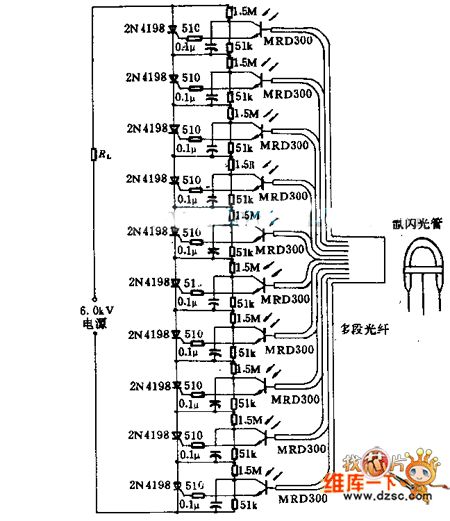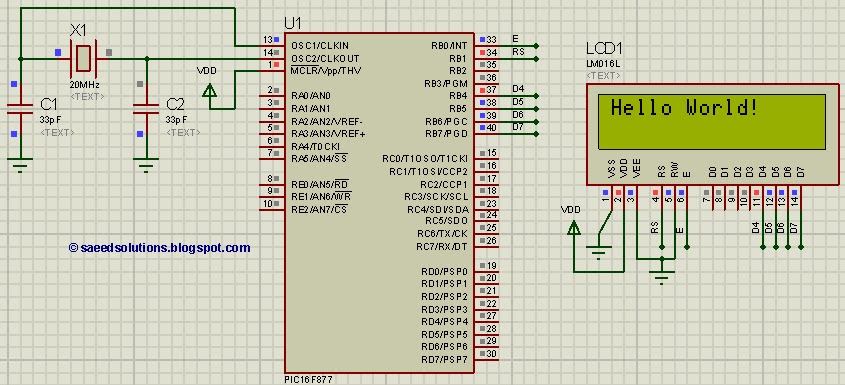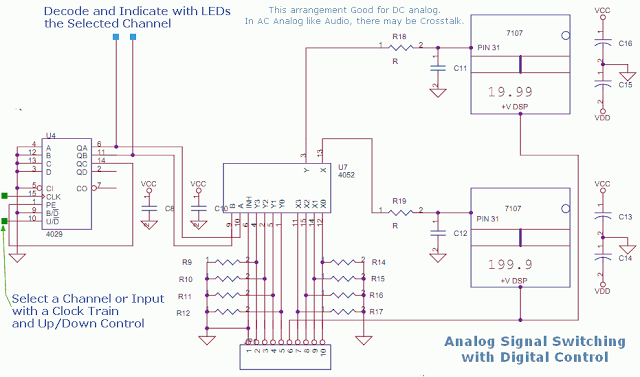
BQ24105 Switch Mode Lead Acid Battery Charger
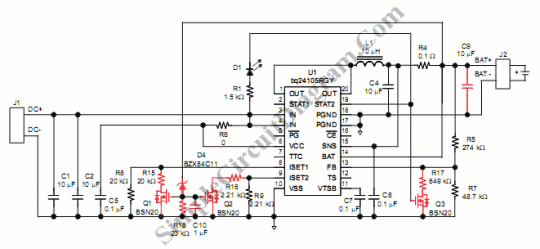
Switch mode circuits can implement a lead acid battery charger more efficiently. It can be constructed using the bq24105 battery charger controller. The bq24105 was originally designed to charge single, two, or three-cell Li-polymer and Li-ion battery packs. However, the bq24105 does not have a feature to control lead acid battery charger termination. Additional external circuitry is required to enable this controller to charge lead acid batteries. The switching mode charging method for lead acid batteries provides high efficiency, although the circuit becomes more complex.
The bq24105 battery charger controller is a highly integrated device that offers a variety of features for charging lithium-based batteries, including power path management, thermal regulation, and programmable charge current. When repurposing this controller for lead acid battery charging, it is essential to implement additional circuitry that can handle the specific charging requirements of lead acid batteries, such as voltage regulation and termination characteristics.
To construct a lead acid battery charger using the bq24105, the following components and configurations are typically necessary:
1. **Power Supply**: A suitable DC power supply that can provide the required input voltage range for the bq24105. The input voltage should be higher than the maximum lead acid battery charging voltage.
2. **External MOSFETs**: The addition of external N-channel MOSFETs may be required to handle the higher current levels associated with lead acid battery charging.
3. **Voltage Divider**: A voltage divider network can be used to sense the battery voltage and provide feedback to the bq24105 to ensure that the charging voltage remains within safe limits for lead acid batteries.
4. **Termination Circuit**: A termination circuit must be designed to stop the charging process once the battery reaches its full charge voltage. This can be accomplished using a comparator circuit that monitors the battery voltage and sends a signal to the bq24105 to cease charging.
5. **Inductor and Capacitors**: The circuit will also require an appropriately rated inductor and output capacitors to smooth the voltage and current during the switching process.
6. **Thermal Management**: Adequate thermal management should be implemented to prevent overheating of components during operation, which may involve the use of heat sinks or thermal pads.
By incorporating these elements, the bq24105 can effectively manage the charging of lead acid batteries, leveraging the efficiency of switch mode power supply technology while accommodating the unique characteristics of lead acid chemistry. The complexity of the circuit design increases due to the need for additional components and careful consideration of charging profiles, but the improved efficiency can result in better performance and longer battery life.Switch mode circuits can implement the lead acid battery charger with a more efficient. It can be constructed using bq24105 battery charger controller. The bq24105 was originally designed to charge single-, two- or three-cell Li-polymer and Li-ion battery packs. The bq24105 doesn`t has a feature to control lead acid battery charger termination. S o external circuitry is added to enable this controller to charge lead acid batteries. Switching mode charging method for lead acid batteries provides high efficiency, although the circuit becomes more complex. Here is the circuit : We aim to transmit more information by carrying articles. Please send us an E-mail to wanghuali@hqew. net within 15 days if we are involved in the problems of article content, copyright or other problems.
We will delete it soon. 🔗 External reference
The bq24105 battery charger controller is a highly integrated device that offers a variety of features for charging lithium-based batteries, including power path management, thermal regulation, and programmable charge current. When repurposing this controller for lead acid battery charging, it is essential to implement additional circuitry that can handle the specific charging requirements of lead acid batteries, such as voltage regulation and termination characteristics.
To construct a lead acid battery charger using the bq24105, the following components and configurations are typically necessary:
1. **Power Supply**: A suitable DC power supply that can provide the required input voltage range for the bq24105. The input voltage should be higher than the maximum lead acid battery charging voltage.
2. **External MOSFETs**: The addition of external N-channel MOSFETs may be required to handle the higher current levels associated with lead acid battery charging.
3. **Voltage Divider**: A voltage divider network can be used to sense the battery voltage and provide feedback to the bq24105 to ensure that the charging voltage remains within safe limits for lead acid batteries.
4. **Termination Circuit**: A termination circuit must be designed to stop the charging process once the battery reaches its full charge voltage. This can be accomplished using a comparator circuit that monitors the battery voltage and sends a signal to the bq24105 to cease charging.
5. **Inductor and Capacitors**: The circuit will also require an appropriately rated inductor and output capacitors to smooth the voltage and current during the switching process.
6. **Thermal Management**: Adequate thermal management should be implemented to prevent overheating of components during operation, which may involve the use of heat sinks or thermal pads.
By incorporating these elements, the bq24105 can effectively manage the charging of lead acid batteries, leveraging the efficiency of switch mode power supply technology while accommodating the unique characteristics of lead acid chemistry. The complexity of the circuit design increases due to the need for additional components and careful consideration of charging profiles, but the improved efficiency can result in better performance and longer battery life.Switch mode circuits can implement the lead acid battery charger with a more efficient. It can be constructed using bq24105 battery charger controller. The bq24105 was originally designed to charge single-, two- or three-cell Li-polymer and Li-ion battery packs. The bq24105 doesn`t has a feature to control lead acid battery charger termination. S o external circuitry is added to enable this controller to charge lead acid batteries. Switching mode charging method for lead acid batteries provides high efficiency, although the circuit becomes more complex. Here is the circuit : We aim to transmit more information by carrying articles. Please send us an E-mail to wanghuali@hqew. net within 15 days if we are involved in the problems of article content, copyright or other problems.
We will delete it soon. 🔗 External reference
